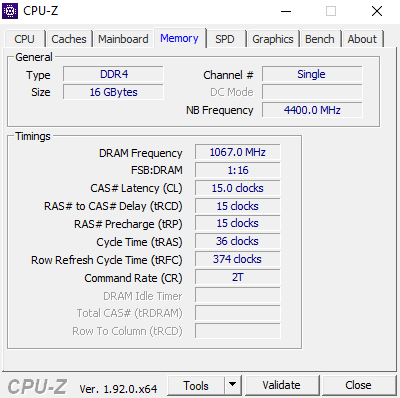All of the above are most likely related so will go straight to your second edit.
The no signal message means that your screen is ok and that the problem is either with the source of the video or with the video cable that carries the signal, I suspect the source of the video here and I will explain below as to why.
I previously mentioned that there were two tests, one quick to do and one that would take a while, you have done the quick test and even though the results were not good you have gone some way to narrowing down the cause of the problem + you have effectively ruled out the GPU as the cause along the way, right, waffle over, the next test concerns the RAM and based on the update/s above it is looking like memory issues are the cause, in case you are not aware, to be able to provide video the CPU needs to use the system memory so any problems with the RAM you will get accompanying video issues such as the "No Signal" message, now to the job at hand, see canned info below;
How to physically test your RAM.
The following checks require the computer case to be opened so take the following safety precautions 1st, disconnect the power cord from the wall socket, press the case power button for twenty seconds or so to get rid of any residual charge in the system, take anti static precautions before touching anything inside, you can do this by touching a bare metal part of the case or PSU or if a notebook by touching a household radiator or associated copper feed pipe.
Have a pencil and notepad to hand.
Remove each stick of RAM and blow out the memory slots.
Insert the first stick of RAM in memory A2, reconnect the power and in the case of a desktop computer the video to screen cable.
Power up the computer and see how it goes.
Make a note of the results.
Repeat the procedure until the first stick of RAM has been tested in each memory slot and the results written down.
Remove the first stick of RAM and put it to one side on top of a piece of paper with the number one on it for identification purposes.
Repeat the procedure with all RAM until each stick has been tested in all slots, the results written down and the sticks identified numerically.
Now the really long winded part;
If no individual stick of memory or slot on the MB has an obvious problem all of the above needs to be repeated but this time by running Memtest 86 for each stick of RAM and in each slot on the MB and for at least 4/5 passes, for some reason that many of us cannot explain a stick of RAM may work in one slot on a MB but not in another.


















 Sign In
Sign In Create Account
Create Account

